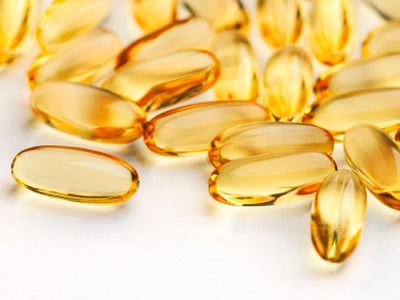Centuries ago, Native Americans and pilgrims ate evening primrose flowers to relieve hemorrhoids, stomachaches, sore throats and bruising. Europeans exploring the Americas brought the root of the pretty yellow flower home to Germany and England, where it was called the "king's cure all" because of its many healing properties.
The evening primrose, an annual that grows wild in North America and blooms only in the evening, contains an oil rich in essential fatty acids that our body needs to regulate inflammation, blood pressure, clotting, fluid balance and hormone production [source: Hudson].
Advertisement
Like olives and nuts, evening primrose oil is rich in Vitamin E. But its real claim to fame is its high concentration of gamma-linolenic acid (GLA) -- a fatty acid we can only get in the foods we eat that helps provide energy, maintain body temperature, insulate nerves and protect bodily tissues [source: Brown].
Today, the oil extracted from its seeds is made into capsules and ingested to treat such ailments as eczema, arthritis, diabetes, PMS, infertility, heart disease and schizophrenia. Some midwives swear it helps induce labor by softening the cervix. Doctors in Sweden are studying whether it can slow the aging process [source: Brown].
Is this the miracle drug we've all been waiting for? Not exactly. Scientific studies have found little evidence that it has any effect on these conditions, including claims that it can cure cancer, multiple sclerosis, infertility and the darker (and hotter) side of menopause [source: Mayo Clinic]. But that doesn't mean that it's impossible.
Read on to find out how GLA works and what this could mean for you.
Advertisement


